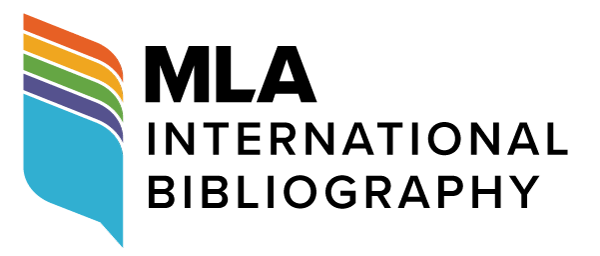The Diachronic Mapping of Temporal Features between English Nominals and Verbs, and the Article-Aspect Interplay
DOI:
https://doi.org/10.18485/bells.2021.13.2Keywords:
English compositional and verbal aspect diachronically and synchronically, definite, indefinite and zero article, articles as markers of boundedness/non-boundedness, mapping of temporal values of NPs, article-aspect interplayAbstract
Aspect (the perfective-imperfective distinction) can be verbal or compositional. The probable distribution and re-distribution in diachrony of some aspectual devices in English are outlined in a bid to improve the description of aspect in Old/Middle English. The author’s model of compositional aspect is employed with its conceptions of the temporal nature of situation participants, the mapping of temporal features between nominals and verbs in the sentence and the inverse relationship across languages of markers of temporal boundedness in verbs and nouns. Leiss’ theory of the article-aspect interplay in Proto-Germanic in diachrony is also employed to complete a picture in which aspect in Old English after the emergence of the definite article must have been explicated in compositional terms like in Modern English.
Downloads
Downloads
Published
How to Cite
Issue
Section
License

This work is licensed under a Creative Commons Attribution-ShareAlike 4.0 International License.
Authors who publish with this journal agree to the following terms:
- Authors are confirming that they are the authors of the submitting article, which will be published (print and online) in Belgrade English Language and Literature Studies by the Faculty of Philology, University of Belgrade (Faculty of Philology, Studentski trg 3, 11000 Belgrade, Serbia). Author’s name will be evident in the printed article in the journal. All decisions regarding layout and distribution of the work are in hands of the publisher.
- Authors guarantee that the work is their own original creation and does not infringe any statutory or common-law copyright or any proprietary right of any third party. In case of claims by third parties, authors commit their self to defend the interests of the publisher, and shall cover any potential costs.
- Authors retain copyright and grant the journal right of first publication with the work simultaneously licensed under a Creative Commons Attribution-ShareAlike 4.0 International License that allows others to share the work with an acknowledgement of the work's authorship and initial publication in this journal.
- Authors are able to enter into separate, additional contractual arrangements for the non-exclusive distribution of the journal's published version of the work (e.g., post it to an institutional repository or publish it in a book), with an acknowledgement of its initial publication in this journal.
- Authors are permitted and encouraged to post their work online (e.g., in institutional repositories or on their website) prior to and during the submission process, as it can lead to productive exchanges, as well as earlier and greater citation of published work.




